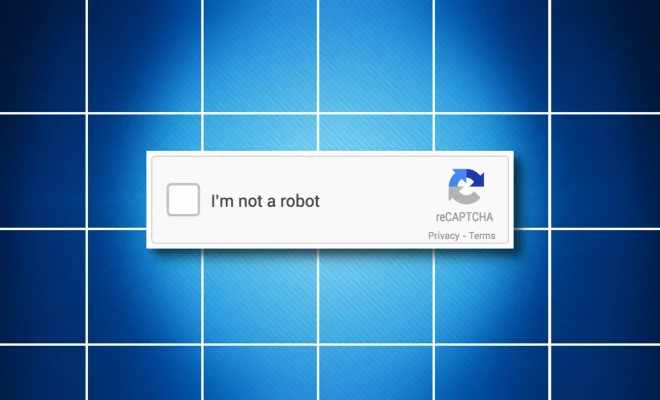What is Disk Striping?

Disk striping, also known as RAID 0 (Redundant Array of Independent Disks 0), is a technique used to improve the performance of computer storage systems. It involves dividing data evenly across multiple hard drives or solid-state drives (SSDs) to increase performance and speed.
In a traditional storage system, data is stored on a single hard drive or SSD. When information is accessed, the read-write head has to search the entire disk for the specific data, which can slow down the system’s performance. Disk striping helps to distribute the data across multiple disks, reducing the read and write time for each storage unit.
In a basic configuration, data is divided into equal-sized stripes and distributed across multiple disks. When a file is accessed, the data is read from multiple disks simultaneously, resulting in faster read and write speeds. This technique is particularly useful for applications that require large amounts of data to be processed quickly, such as video editing, scientific simulations, and high-performance computing.
Disk striping can significantly improve performance, but it has some drawbacks. Since the data is spread over multiple drives, if one drive fails, all data stored on that drive is lost. This risk can be mitigated by using RAID 10, which combines striping with mirroring. In this configuration, data is mirrored across pairs of drives, providing both performance and redundancy.
Another disadvantage of disk striping is that it does not provide any additional storage capacity. If two drives with 500 GB of storage space are striped together, the resulting storage capacity will still be 500 GB. If additional storage is required, the system administrator would need to add more disks and reconfigure the storage system.
In conclusion, disk striping is a useful technique for increasing the performance and speed of computer storage systems. It can improve the performance of applications that require large amounts of data to be processed quickly, such as video editing or scientific simulations. However, it is important to consider the potential risks associated with striping, such as the loss of data if one drive fails. Before implementing a striped storage system, it is essential to consider the specific needs of the organization and evaluate whether striping is the most appropriate technique.






